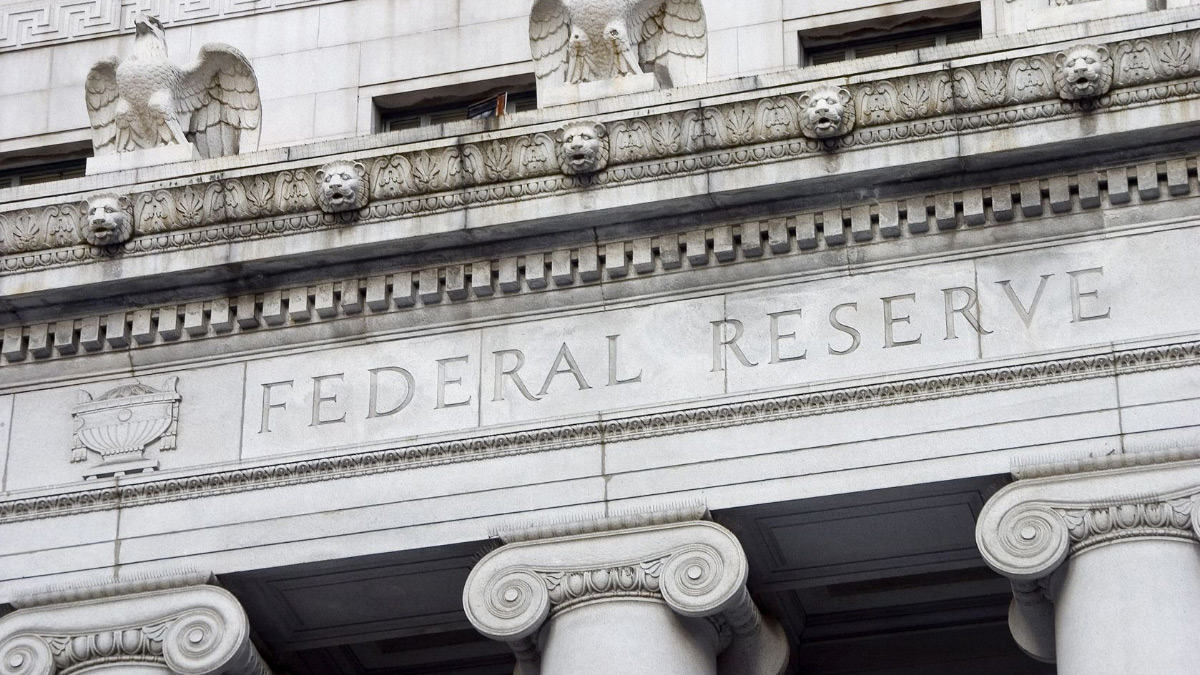Irving Fisher was one of America’s most celebrated economists. Although not widely remembered outside of economics, within it he has increasingly become considered a giant of the profession.
Fisher was born in 1867 in Saugerties, New York, and died in New York City in 1947. He studied at Yale University, where he was taught by such prominent academics as William Graham Sumner, Josiah Willard Gibbs and Arthur Twining Hadley. Sumner was the professor who convinced Fisher to write his doctoral dissertation on mathematical economics, a field then in its infancy.
Fisher received a B.A. in mathematics in 1888, followed by a Ph.D. in economics in 1891. Although he won every math prize contest he entered and the Yale math faculty wanted him to major in mathematics as a graduate student, during his senior year he became interested in other subjects, including law, metaphysics and social and political science.
His earliest economics research culminated in his internationally acclaimed dissertation, Mathematical Investigations in the Theory of Value and Prices (1892). Fisher wrote this work under the direction of the mathematics faculty because formal economics doctorates typically were not offered in U.S. universities at that time. In fact, Fisher wrote Yale’s first.
Fisher had been well schooled in the political economy of the day—primarily the British tradition of Adam Smith, David Ricardo and J. S. Mill— but ventured into neoclassical mathematical economics, becoming one of its pioneers. Modern economics was going through tremendous changes during Fisher’s college years, and he helped lead it in the direction that produced its current reliance on mathematics, general equilibrium analysis and aggregate data sets for the calculation of various price indexes. In this transformative undertaking, he should be ranked along with Leon Walras, Stanley Jevons and Francis Edgeworth.
After returning from a trip to Europe in 1895, Fisher became an assistant professor of political and social science at Yale (over the fierce objections of the mathematics faculty, which wanted Fisher for itself). He started teaching economics, rapidly rising to the position of full professor in 1898. He retired from Yale in 1935.
After his dissertation, more than a decade passed before Fisher published another important book on economics. Because of personal health concerns during this period, he became fascinated with health-related issues, explored various exercise and relaxation techniques, wrote books about both and became almost a pure vegetarian.
When Fisher returned to economics, one of his most notable contributions was his work on the doctrine of dollar stability. He had always been interested in the issue but did not put his ideas into book form until 1911 with the publication of The Purchasing Power of Money. The policy of price stabilization, carried out today by central banks all over the world, is mostly based on work done by Fisher between 1895 and 1922, when his The Making of Index Numbers was first published.
Before a price index can be stabilized as a matter of monetary policy, it must be defined and calculated. Fisher was one of the world’s first experts on the calculation of index numbers. He began the first weekly newspaper publication of a wholesale price index in 1923.
In addition to helping originate the idea of commodity money stabilization, Fisher’s expertise ranged from the general equilibrium theorizing of his dissertation to the emerging study of econometrics. He was a cofounder of the American Econometrics Society (1931) and was its first president (1932). He even published definitive works in accounting theory and practice. His theoretical work touches on almost every major macroeconomic issue and is still regularly consulted and cited, not only by historians of economic thought, but also by practicing economists. That, in itself, sets him apart from most of his contemporaries.
A key area of interest for Fisher was the quantity theory of money, and his work was a forerunner of what macroeconomists today call monetarism.[1] Fisher attempted to take the classical school’s equation of exchange (MV = PT), which is simply a mathematical truism, and convert this equation into a general theory of prices and, therefore, of the price level. He did this by allowing for transition periods when the flow of the money supply is changed (thus breaking the equality of the equation during the transition period).
He laid out his ideas thoroughly in The Purchasing Power of Money. The book is also a long plea for Fisher’s views about how a commodity money (in this case, gold) can be stabilized in international trade situations. He anticipated much of what today we call “monetary rules.” His approach was to make the U.S. dollar one of constant purchasing power and not one of a constant amount (weight) of gold or anything else.
The idea he promoted in his book, and continued to advocate for the rest of his life, came to be called the compensated dollar. He argued for altering the commodity price of gold inversely with movements in a designated price index to stabilize its real purchasing power. He also anticipated—by over 40 years—A. W. Phillips’ famous curve with its trade-off between inflation and unemployment.
In addition to his other endeavors, Fisher was an inventor and entrepreneur. He created and patented an index card file system (known today as the Rolodex) that led him to start the Index Visible Company, which merged with Kardex Rand in 1925 and later became Remington Rand. The company made Fisher very wealthy. Yet for all his knowledge of economic theory and markets, Fisher suffered huge declines in his personal fortune and his professional reputation in the 1929 stock market crash and the Great Depression, eventually leaving an estate so small it wasn’t even taxed.
His son estimated his monetary losses in this period to have been as much as $10 million. He continued buying stock well past the time it was prudent to do so. When he was finally broke, Yale University had to buy his house and rent it back to him to keep him from being evicted. His sunny predictions of a “new era” with continuing prosperity, even after the 1929 crash, lowered his reputation among economists as well as the general public.
Despite falling from the rank of America’s best-known economist into obscurity for several decades, Fisher’s reputation has since risen steadily as economists rediscover the path-breaking work he did on so many important topics. Fisher wrote 29 books, 14 of which are about economics. Joseph Schumpeter’s 1948 memorial article sums up well Fisher’s many contributions and his long-term place in the history of economics:
In his scientific work, he stood almost alone.... There are no Fisherians in the sense in which there have been Ricardians or Marshallians and in which there are Keynesians.... But those pillars and arches [of Fisher’s theoretical temple] will stand by themselves. They will be visible long after the sands will have smothered much that commands the scene of today.[2]
Notes
[1] For accounts of this theory by other famous economists, see “Knut Wicksell: The Birth of Modern Monetary Policy,” by Robert L. Formaini, Federal Reserve Bank of Dallas Economic Insights, vol. 9, no. 1, and “Milton Friedman: Economist as Public Intellectual,” by Robert L. Formaini, Federal Reserve Bank of Dallas Economic Insights, vol. 7, no. 2.
[2] Schumpeter (1969), 237–38.








